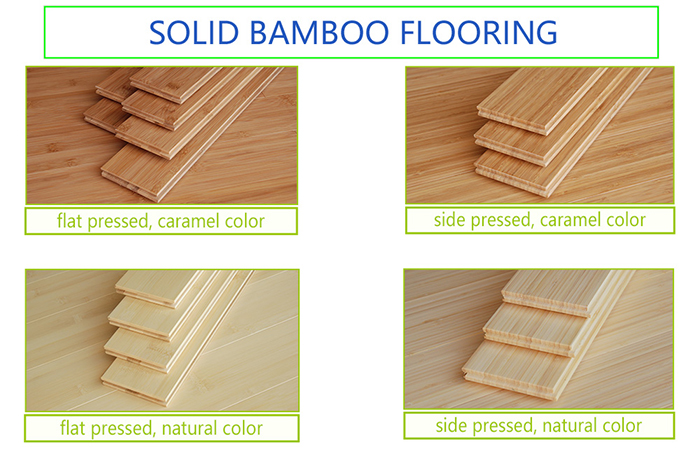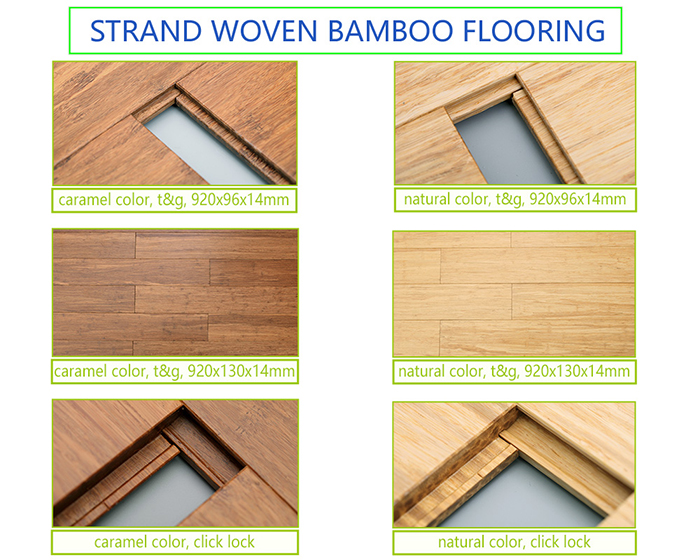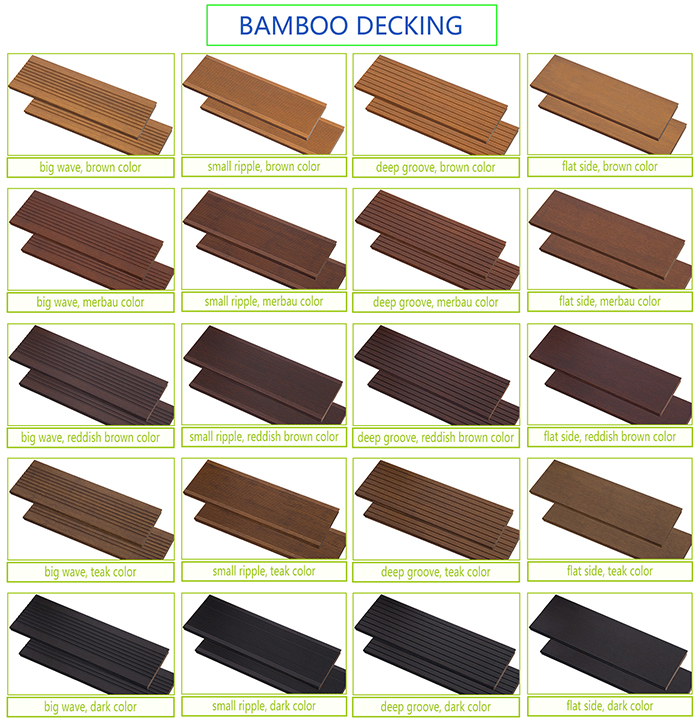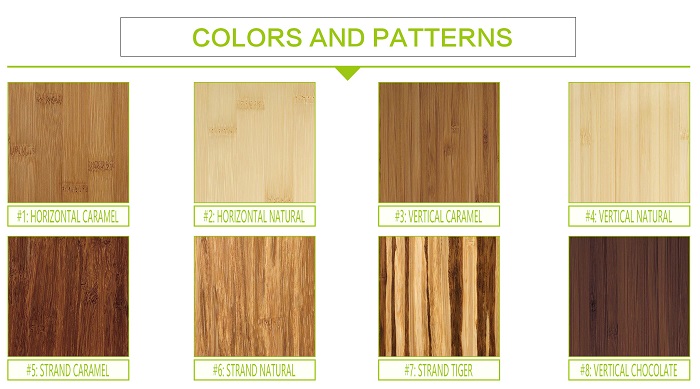MOSO Bamboo
Dec 3, 2025, 9:20 AM
Bamboo is also called MOSO bamboo, its Latin name is Phyllostachys Pubescens. The bamboos are, indeed, classified as woody, evergreen, perennial grasses. Geographically, bamboo is most closely associated with the Orient, sub-Saharan Africa and Central and South America. Botanically, a great number of the bamboo can easily be recognized by their prominent, hollow stems, known as "culms", punctuated at intervals by nodes.
Our firm, which is at the forefront of sustainable building materials, specializes in turning Moso bamboo—one of the planet's fastest-growing and most renewable resources—into premium plywood, decking, and flooring. We use Moso bamboo's strength, resilience, and inherent beauty in conjunction with our strong dedication to eco-friendly techniques to produce incredibly sturdy and fashionable goods that are also environmentally conscious. We guarantee that every product satisfies the highest performance and sustainability criteria by employing cutting-edge production procedures, offering a better substitute for conventional hardwoods and protecting the planet's forests for coming generations.
Bamboo Flooring
Solid Bamboo Flooring in Horizontal, Vertical

Strand Woven Bamboo Flooring in T&G, Click Lock

Bamboo Decking
4 Styles: Small Ripple, Big Wave, Deep Groove, Flat Side
5 Colors: Brown, Merbau, Reddish-brown, Teak, Dark

Bamboo Plywood
Sizes: 2440x1220mm, thickness includes 5mm, 10mm, 20mm, 40mm
Structures: Horizontal, Vertical, Strand Woven
Layers: 1 Layer, 2 Layers, 3 Layers, 5 Layers

- Bamboo has a bunch of unique characteristics rather than hardwood.
- MOSO bamboo can grow about 4 feet in under 24 hours.
- MOSO bamboo is one of the cheapest renewable sources of building material available to mankind.
- MOSO bamboo is one of the fastest growing components of forests, and thus plays an important role in the development of animal habitats.
- MOSO bamboo has been an important part of art, music, tradition and ceremonies throughout the Asian continent. At the same time; it provides rural communities with a sustainable livelihood.
- Soft bamboo shoots, stems, and leaves are the major food source of the endangered Giant Panda of China.
- MOSO bamboo is the only living thing that survived the Hiroshima atomic blast. It also provided the initial re- greening of that place.
- MOSO bamboo consumes nitrogen and thus removes pollution. Bamboo plant produces 35% more oxygen than any other tree species. Bamboo also protects against ultraviolet rays.
MOSO bamboo can be the raw materials for a very wide of products, including wall, ceiling, fencing, bamboo poles, plywood, bamboo flooring, panels and furniture. MOSO bamboo is one of most important plant the earth and human being.



 皖公网安备 34180202000049号
皖公网安备 34180202000049号